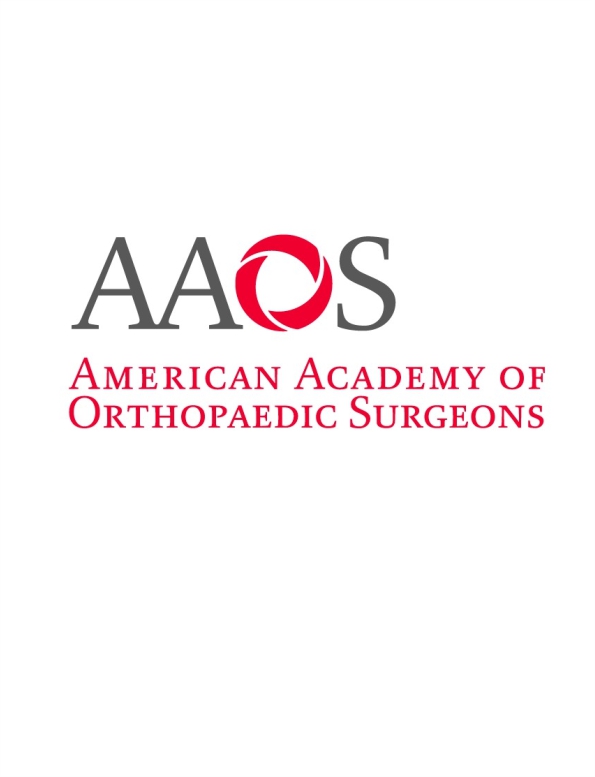
AAOS 2025: Vancomycin Bier Block Administration Vs Intravenous Prophylaxis

AAOS 2025: Vancomycin Bier Block Administration Vs Intravenous Prophylaxis
Tissue Concentrations of Vancomycin Achieved With Bier Block Administration Versus Intravenous Prophylaxis in Upper Extremity Surgery: A Randomized Controlled Trial
CONFERENCE ACE REPORTS
This ACE Report is a summary of a conference presentation or abstract. The information provided has limited the ability to provide an accurate assessment of the risk of bias or the overall quality. Please interpret the results with caution as trials may be in progress and select results may have been presented.
Synopsis
Twenty patients undergoing upper extremity reconstructive surgery were randomized to receive either regional IV perfusion of vancomycin (125 mg in 50 ml saline) (n=10) or systemic IV vancomycin (1 g) (n=10). The primary outcome of interest was the difference in vancomycin concentration in bone and fat tissue between the groups. Secondary outcomes of interest included tissue concentrations at vario...
To view the full content, login to your account,
or start your 30-day FREE Trial today.
FREE TRIAL
LOGIN
Forgot Password?
Explore some of our unlocked ACE Reports below!

Learn about our AI Driven
High Impact Search Feature
Our AI driven High Impact metric calculates the impact an article will have by considering both the publishing journal and the content of the article itself. Built using the latest advances in natural language processing, OE High Impact predicts an article’s future number of citations better than impact factor alone.
Continue



 LOGIN
LOGIN

Join the Conversation
Please Login or Join to leave comments.